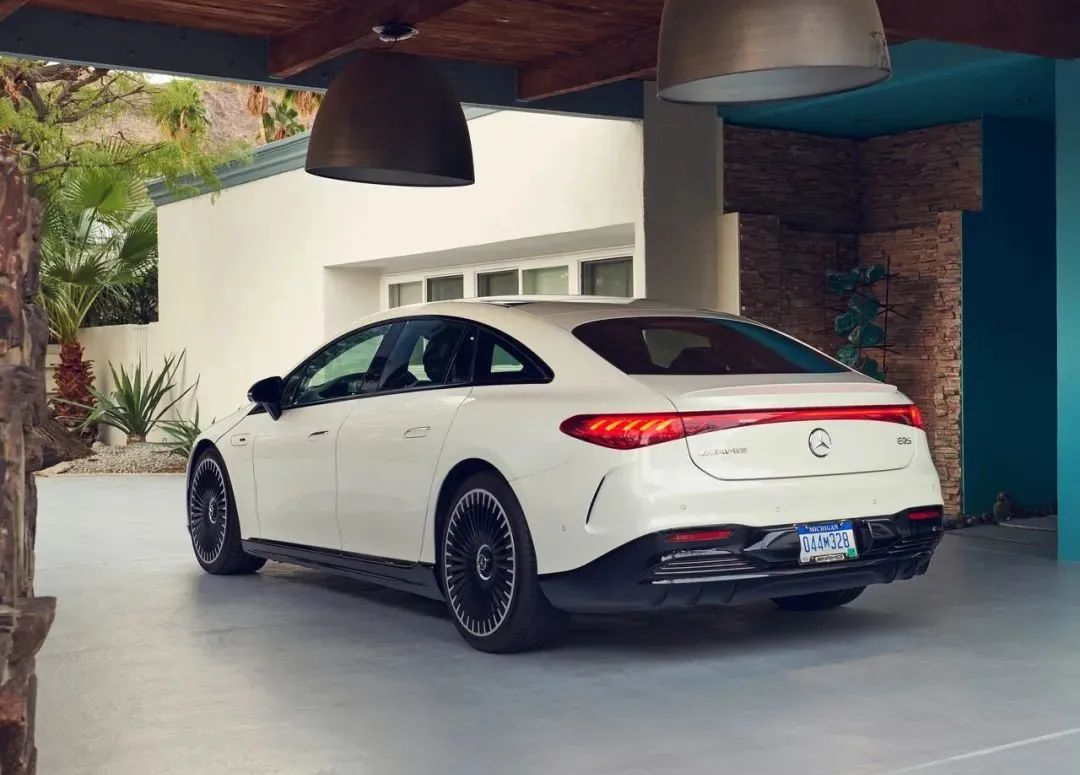Author: Liang Zhihao
Rear-wheel steering may become a “standard configuration” for new energy vehicles.
With the development of technology and the expansion of the market, many configurations that could only be found in high-end luxury cars in the past have become more and more accessible.
In the past two years, the rise of new domestic forces has also driven the popularization of many configurations. For example, active braking and lane keeping, which could only be found on mid- to high-end cars selling for two to three hundred thousand yuan in the past, have now become standard configuration on Toyota Corolla, which costs only one hundred thousand yuan, with the rise of “assisted driving”.
Also, air suspension systems, which used to be only available on million-dollar luxury cars, are now common on new cars from companies like Ideal and NIO, which sell for three to four hundred thousand yuan.
However, in my opinion, as the new energy vehicle market continues to grow, manufacturers should equip consumers not with some unknown and complicated autonomous driving technology, nor with air suspensions that exceed their maintenance budgets, but with a configuration that most people are unfamiliar with – rear-wheel steering.
The “pain” of new energy vehicles
What do you think is the biggest “pain point” of new energy vehicles? This question may have quite different answers for different people: for those who have only one car in the family, it may be inconvenient to charge during holidays; for those who lack charging facilities, it may be insufficient endurance. For those who believe that a car should be driven until it is scrapped, battery attenuation and the resale value of an old car may be the biggest problem… However, there is one pain point of new energy vehicles that perhaps everyone has overlooked – they are getting bigger and bigger!# Translation in English Markdown

Indeed, nowadays cars seem to be getting bigger and bigger. Whether it’s the famously petite MINI or an average household A-class car, after numerous iterations, they have all considerably increased in size.

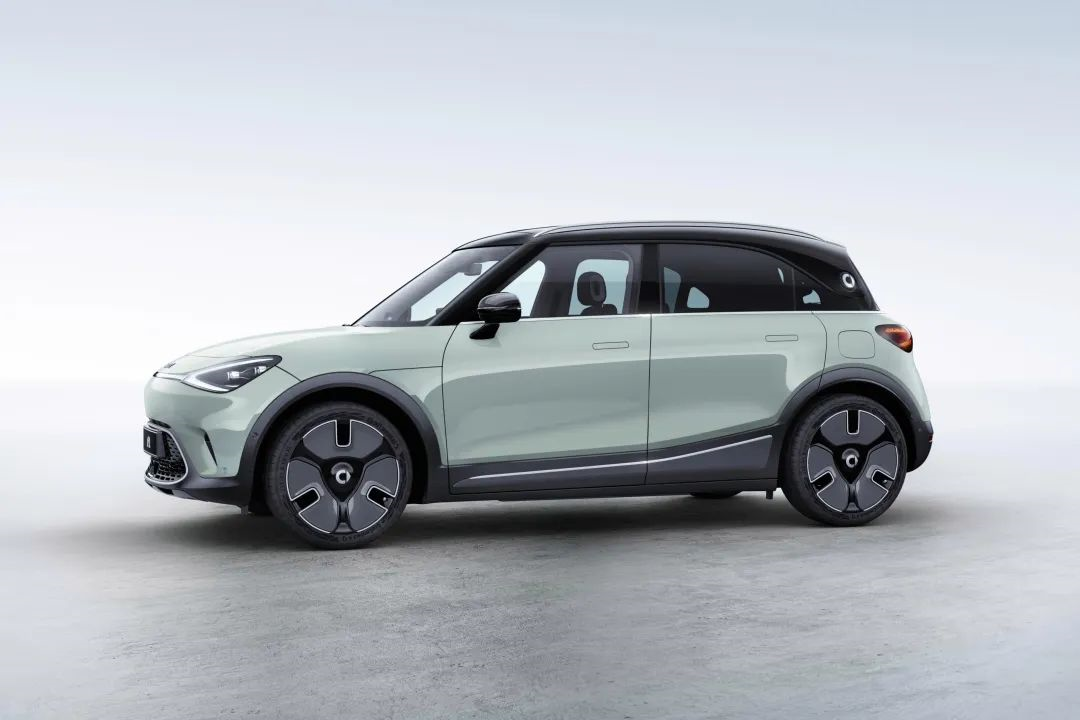
This phenomenon seems to be amplified in the era of electrification. Take the recently launched smart EQ fortwo and forfour line as an example – this first serious move into electrification by smart seems to have disconnected from the brand’s small-car reputation: the length of the new car has reached 4270mm, the width 1820mm, and the wheelbase has extended to 2750mm, even longer than the entire length of the previous generation smart fortwo.
 Let’s take another example. The NIO new car, ET5, which has recently been launched, is a mid-sized electric car that competes with BBA models, such as the BMW 3 series, Audi A4L, and Mercedes-Benz C-class. The length of its body is 4790mm, which is basically between the standard wheelbase and extended wheelbase of the three rivals, and it is quite reasonable.
Let’s take another example. The NIO new car, ET5, which has recently been launched, is a mid-sized electric car that competes with BBA models, such as the BMW 3 series, Audi A4L, and Mercedes-Benz C-class. The length of its body is 4790mm, which is basically between the standard wheelbase and extended wheelbase of the three rivals, and it is quite reasonable.

However, in terms of body width, the ET5 is 1960mm, while the same level of “3, 4, C” models are only 1827mm, 1847mm, and 1820mm respectively. There are countless similar examples. Although the size of fuel cars is also increasing synchronously, it is clear that the electric car is more like a person with “easy fat constitution” than a traditional car.
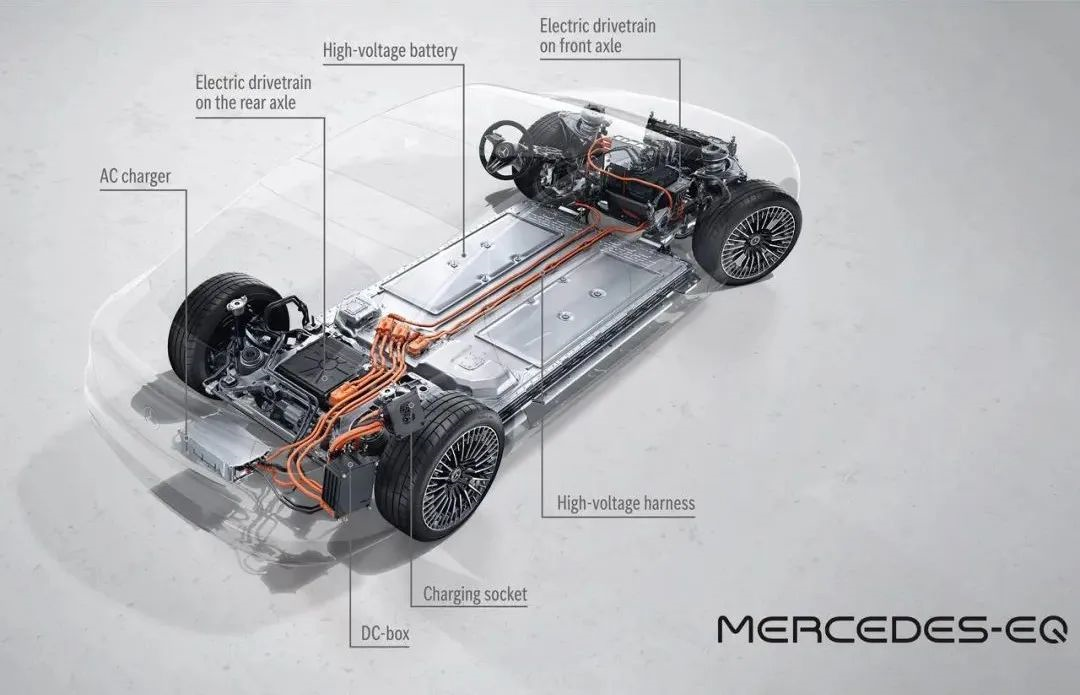
In the era of gasoline cars, during the layout design of a new car, engineers had to consider the layout of a series of major components, such as the engine, gearbox, transmission shaft, and steering system. Even whether the brake caliper is installed at the front or rear end of the brake disc and how many degrees the front wheels can rotate are all things that need to be considered for a while.
However, in the era of electric cars, things are different. The car’s power source has changed from a complex internal combustion engine to a compact electric motor, but the source of energy has also changed from gasoline, with a huge energy density, to relatively low-density batteries, which means that the space “saved” by the engine has to be given to the battery.
This has led to the continuous “push” of electric vehicles, especially those built on native electric platforms, towards the front and rear wheels, while also maximizing the layout of the battery by horizontal development. Therefore, even traditional brands are making models with a high axle-wheelbase ratio, challenging people’s aesthetics.
Cars are getting bigger, and parking spaces are getting smaller
However, while cars can vary in size according to technological advancements and market preferences, parking spaces cannot. Difficulty in finding a parking space has become a new “pain point” for new energy vehicle owners, not because they cannot find a spot, but because they cannot park into one.

This is particularly felt by me, who lives in the old city of Guangzhou. Every day, I have to navigate through narrow streets and compete with pedestrians, electric bicycles, and idiots who park illegally. And once I reach the underground parking lot, I have to park my car accurately in a tiny space barely fitting two medium-sized SUVs.
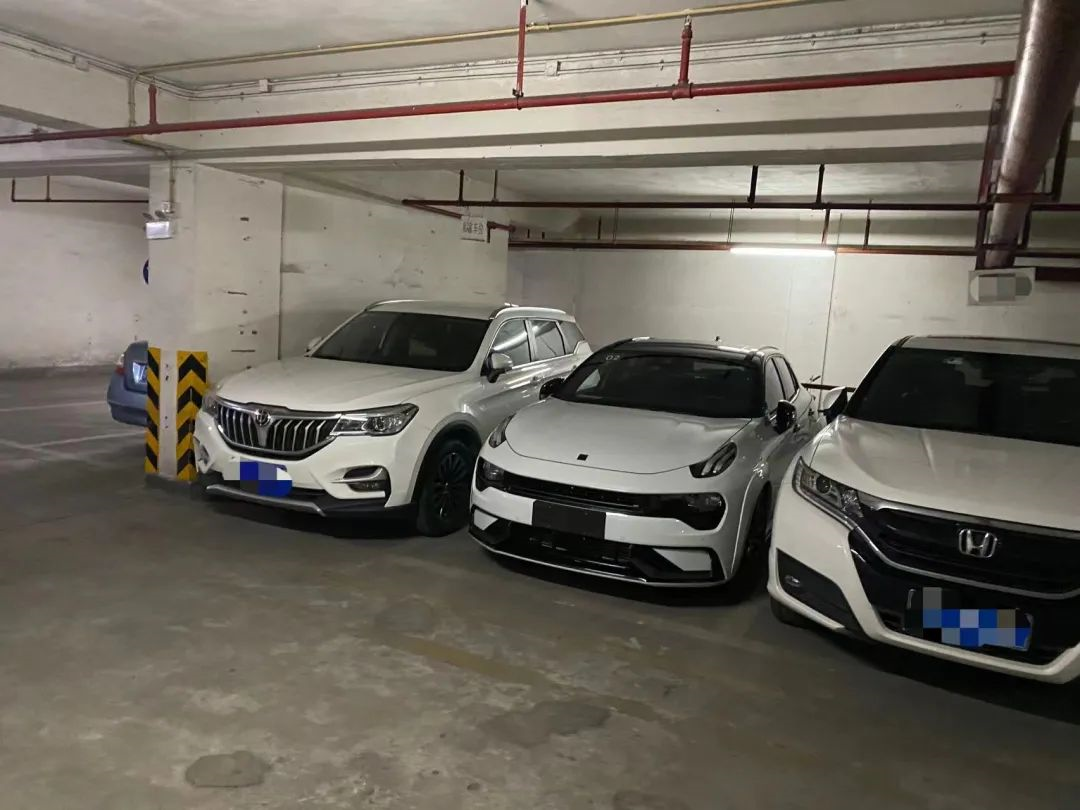 Don’t be deceived by the wide-angle lens of your phone camera. Due to the need to take care of the entry and exit of cars on both sides, this position is much harder to park than you think. In order to allow the driver of the HuaChen Zhonghua V7, who is close to the wall, to get on smoothly, and also to avoid the doors being bumped, I must stick close to the next Crown Cross, and I can only get on and off on the front passenger side in my daily life.
Don’t be deceived by the wide-angle lens of your phone camera. Due to the need to take care of the entry and exit of cars on both sides, this position is much harder to park than you think. In order to allow the driver of the HuaChen Zhonghua V7, who is close to the wall, to get on smoothly, and also to avoid the doors being bumped, I must stick close to the next Crown Cross, and I can only get on and off on the front passenger side in my daily life.
What’s even more frustrating is that there is usually a car parked sideways in the adjacent position in front of us… In the old urban areas of Beijing, Shanghai, Guangzhou, and Shenzhen, this might only be an entry-level difficulty, as there are many people who have to park in worse conditions than me.

Due to the “convenience of my job,” I often have the opportunity to drive different test cars back home. Therefore, I have personally experienced the trend of new cars, especially new energy vehicles, becoming larger and larger… because I have found that cars are becoming more and more difficult to park.
The same situation will not only happen in your private parking space, but also in the parking lots of shopping malls, urban centers, and temporary parking spaces on the roadside. You will find that the Zeekr 001 in front of you cannot fit into the parking space no matter how it tries, and finally has to give up; The Ideal L9 behind you has been rejected by the automatic parking garage due to its width and weight exceeding the limit; The NIO parked on the side of the road is obviously protruding a bit more than other cars… In addition to parking, even narrow turns and U-turns have become difficult tasks.
Is rear-wheel steering the only way out?It is very realistic to say that the trend of “enlarging” cars will not stop for a while, while existing parking spaces and road expansions are even less likely. So, we can only start with the cars themselves, and four-wheel steering, rear-wheel steering may be the ultimate solution to solve the flexibility problems brought by the long wheelbase and wide body.
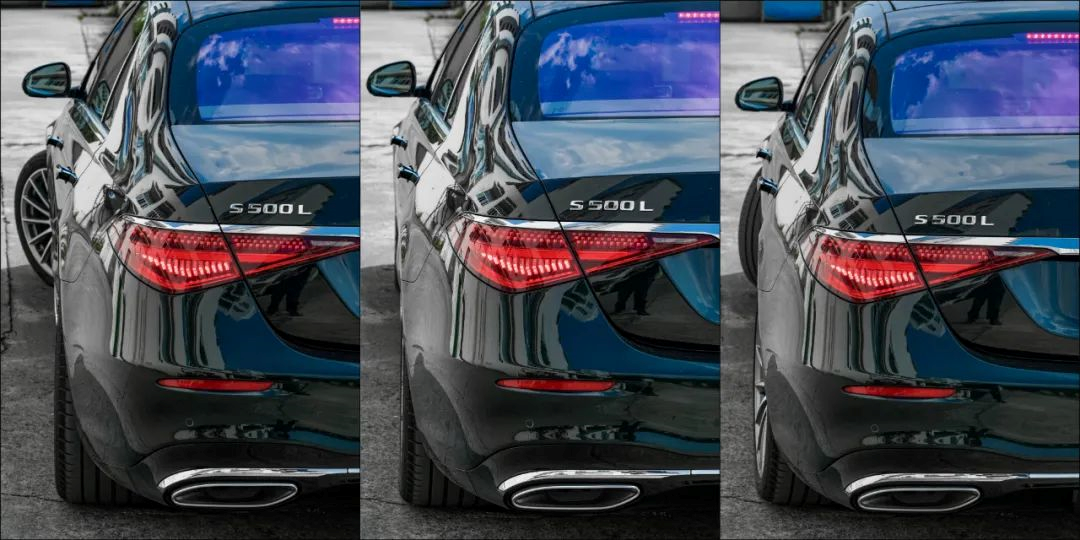
Like the air suspension mentioned earlier, rear-wheel steering used to be a configuration only available in million-dollar luxury cars, but in recent years, we have also seen this configuration “downgraded” to some entry-level models.
For example, the cheapest new car currently available in China with a rear-wheel steering system is the IM L7, which starts at “only” 368,800 yuan. Although it is difficult for us to describe this price as “affordable”, there is no doubt that this configuration, which was once exclusive to the sky, is now not so unattainable.
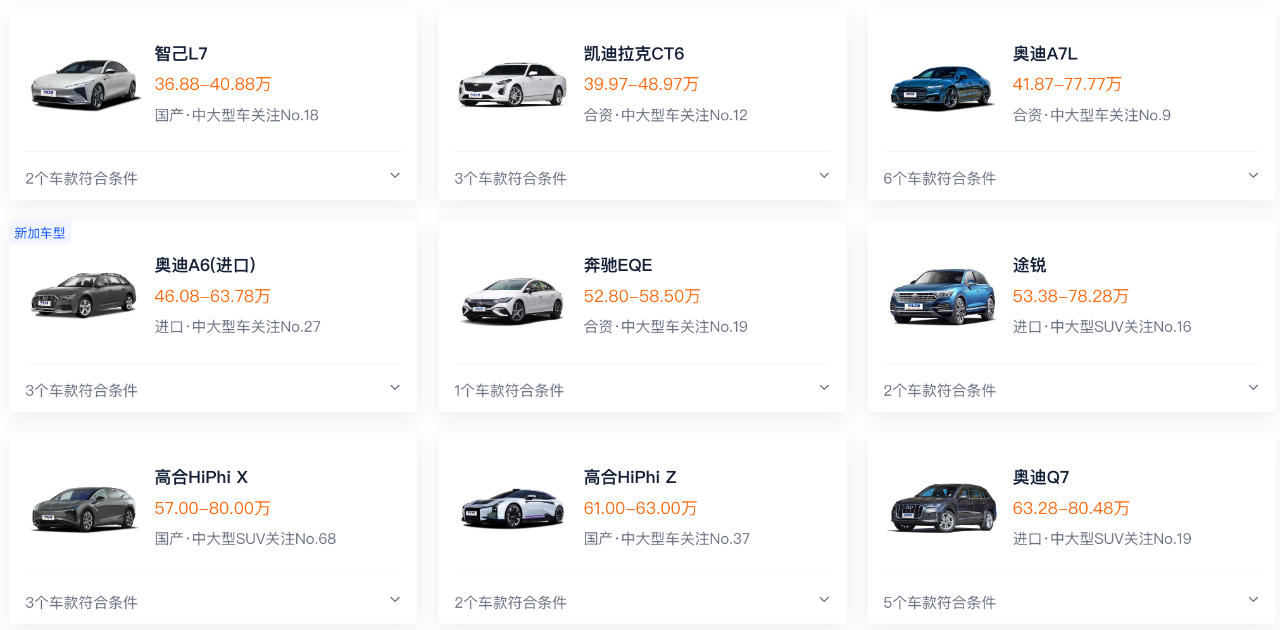
Recently, I happened to experience a new car equipped with active rear-wheel steering – the Mercedes-Benz EQE. After driving this mammoth with a wheelbase of over 3.1 meters and a length of nearly 5 meters, but obtaining a more agile driving experience than the A-Class when turning at an intersection, I am even more convinced that this configuration will have a great future under the current trend of new car design.
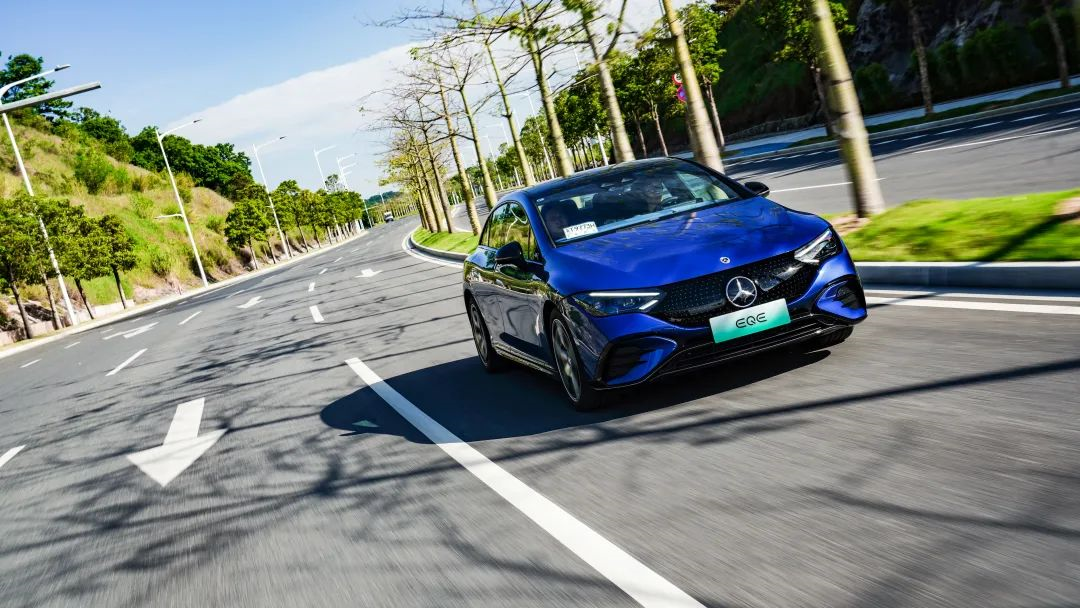 Of course, now rear-wheel steering is far from being “popular”. However, if more independent brands and new forces begin to attach importance to this configuration, it may not be a fantasy that it will become as common as air suspension someday. Although objectively, rear-wheel steering will not make your parking space larger, if it can reduce the pressure on you when parking or make it no longer embarrassing to turn around on narrow roads, I think it is still a valuable configuration.
Of course, now rear-wheel steering is far from being “popular”. However, if more independent brands and new forces begin to attach importance to this configuration, it may not be a fantasy that it will become as common as air suspension someday. Although objectively, rear-wheel steering will not make your parking space larger, if it can reduce the pressure on you when parking or make it no longer embarrassing to turn around on narrow roads, I think it is still a valuable configuration.

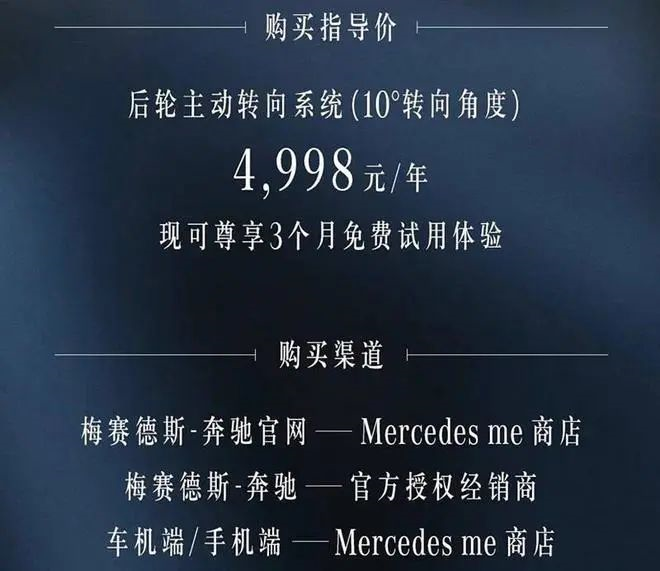
Of course, all of this presupposes that, please don’t subscribe-style, otherwise, I will park my car with great difficulty, and only to find that I can’t get it out the next day because of the subscription expiration. That would be really embarrassing……
This article is a translation by ChatGPT of a Chinese report from 42HOW. If you have any questions about it, please email bd@42how.com.
